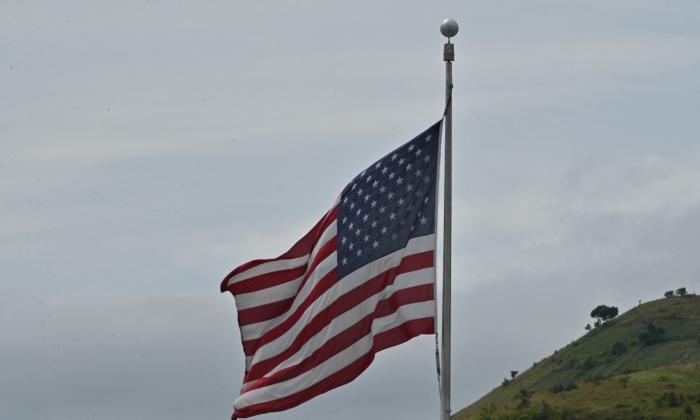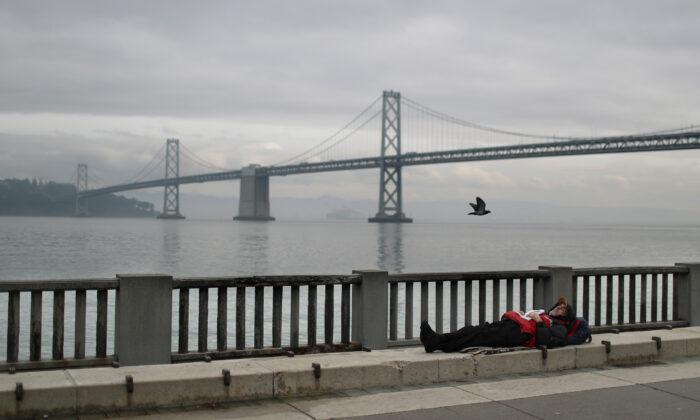After a final week of intense negotiations, Major League Baseball (MLB) decided not to commit suicide and decided to actually “play ball.”
I’ve played baseball since I was four years old, starting with T-Ball, into coach pitch, and then becoming a pitcher myself. All the while, I watched greats like Will Clark and Barry Bonds play in the wind tunnel of the late great Candlestick Park for my beloved Giants.
Sadly, much like the former ballpark, Major League Baseball seems intent on its own destruction. The owners and the players just ended a 99-day lockout, which almost resulted in the cancellation of the first few weeks of the season. Luckily, they decided to not kill Major League Baseball and instead play the kid’s game for which they are handsomely compensated.
But this isn’t the first and definitely will not be the last time they have a labor dispute. The most punishing stoppage was in 1994. At the time, interest in the league was huge. According to Baseball-Reference.com, the average regular season game attendance for the league that year was 31,240. Then on Aug. 11, the strike happened, which also ended Giant great Matt Williams’s pursuit of the single season home run record. (He had 43 home runs with 47 games to go.) The strike lasted 232 days, cutting the season short and cancelling the World Series.
When baseball returned in 1995, attendance plummeted. The league failed to garner the same attendance numbers, which fell to 25,048 fans per game, or a 20 percent drop. Ironically, the start of the “Steroid Era” is arguably what saved baseball. The 1998 Homerun race to reach Roger Maris’s storied 61 homers in a single season, between Mark McGwire and Sammy Sosa, brought fans back to the game. The average regular season game attendance rose to 29,009 that season.
Following the McGwire/Sosa home run race, we witnessed the rise of Barry Bonds and the Giants’ new ballpark, all culminating in Bonds’s pursuit of the single season and then the all time home run records. So, while the MLB can complain about steroids and try to tarnish their players who may have used them, without the Steroid Era, the MLB may not have survived the major 1994 suicide attempt, or at least may not have enjoyed its explosive and sustained growth.
Fast Forward to 2020
As Spring Training approached, what came to be known as COVID-19 was spreading across the world. The MLB decided to suspend Spring Training and wait and see what to do about the season. In fact, all major sports took a pause to protect their players and fans. Meanwhile, “15 days to flatten the curve” meant everyone was at home watching TV and learning how to work from home.Baseball was uniquely suited to play through the pandemic. It’s a sport where close contact between players is significantly less than in other contact sports. Most players are 20–30 feet from each other at a minimum. Close contact really only occurs at home plate and at the bases. Baseball had the opportunity of a lifetime to acquire new fans. Almost everyone was stuck at home looking for something to do, and baseball could have literally been the only game in town, with its regular season set to start at that very moment.
However, the players and owners decided to fight over compensation and rule changes, yet again. They ended up blowing their entire window to be the exclusive major sport on TV, and instead didn’t play until July. The 60-game “season” was a farce, a glorified Tournament, that led to the Dodgers winning the 2020 World Series, something they could not do in a real season.
In 2021, after squandering that incredible opportunity, the MLB decided to enter politics and move the All-Star Game from Georgia to Colorado. Whether you agree with the decision or not, sports have usually been a safe haven away from politics, an escape from day-to-day life, to watch athletes compete at their peak. This decision surely alienated more fans. Until all COVID restrictions are eliminated, we will not be able to measure the full impact of that decision on average attendance.
Major League Baseball’s owners and its players have consistently squandered opportunities to grow the sport and gain new fans. Both may continue to blame it on long games, pitching changes, and defensive shifts, but the fact of the matter is, in 1994 something changed. America’s Pastime was forever altered. The owners and players keep saying they need new/more fans, but both seem intent on ensuring they are never acquired. The latest lockout was a very nearly fatal mistake that baseball narrowly avoided.
But maybe I’m wrong. As the Hall of Famer Yogi Berra once said, “It’s tough to make predictions, especially about the future.”





